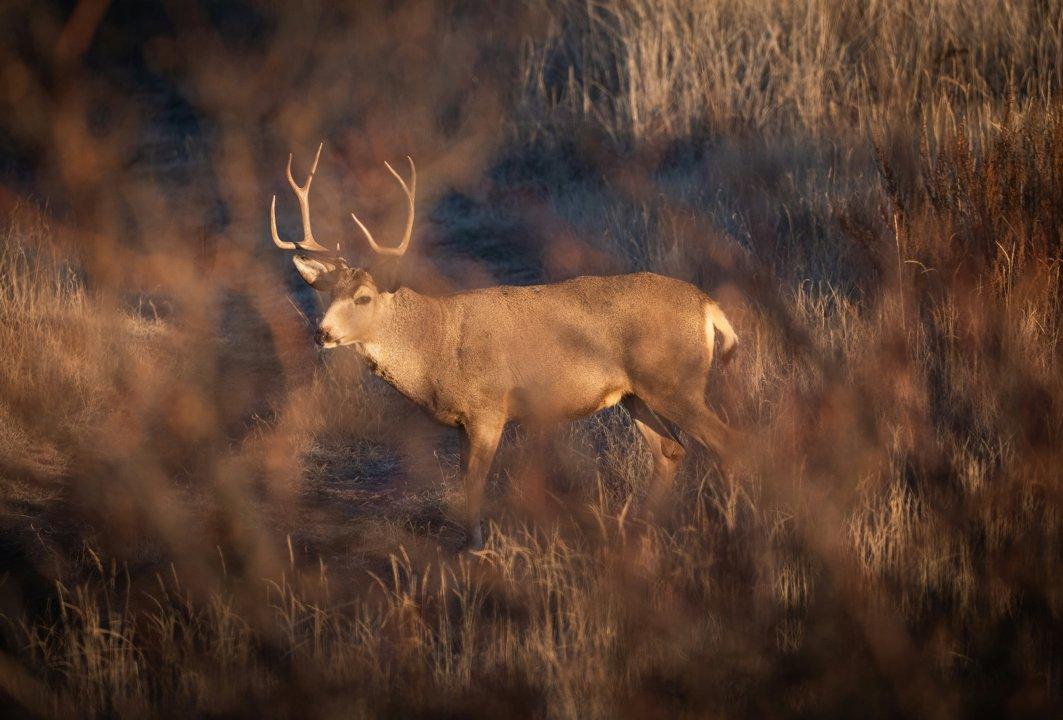Post
Black Bear Fatally Mauls Camper in U.S.
Wilderness: Tragedy Sparks Renewed Debate on Wildlife Safety A tragic incident in early October 2025 has left the outdoor community shaken after a black bear fatally mauled a camper in a U.S. national forest. Wildlife officials confirmed the death, marking one of the most serious bear attacks in recent years. The event has reignited discussions about human–wildlife coexistence, camping safety, and the growing number of bear encounters across North America. 🐻 The Fatal Attack According to state wildlife authorities, the victim was a middle‑aged camper who had set up camp in a remote section of forest. - The attack occurred during the night, when the bear entered the campsite. - Officials reported that the camper sustained fatal injuries before emergency responders could arrive. - The black bear was later tracked and euthanized by wildlife officers to prevent further risk to the public. This marks the first fatal black bear attack in the region in more than a decade, though non‑fatal encounters have been steadily increasing. 📊 Black Bear Encounters on the Rise - Black bears are the most widely distributed bear species in North America, with an estimated 800,000 individuals across the U.S. and Canada. - While attacks are rare, the number of reported human–bear conflicts has risen by 15% over the past five years, according to wildlife agencies. - Factors contributing to the increase include habitat encroachment, climate change altering food availability, and improper food storage by campers. In 2024 alone, more than 5,000 bear–human incidents were logged nationwide, ranging from property damage to aggressive encounters. 🏕️ Safety Concerns for Campers and Hikers The tragedy underscores the importance of following strict safety protocols in bear country: - Store food in bear‑proof containers or hang it at least 10 feet off the ground and 4 feet from tree trunks. - Keep campsites clean and free of food scraps. - Carry bear spray and know how to use it. - Travel in groups when possible, as bears are less likely to approach larger parties. Wildlife officials stressed that most black bears avoid humans, but food conditioning—when bears associate people with easy meals—can lead to dangerous encounters. 🌲 Wildlife Management Response Following the incident, the state’s Department of Natural Resources (DNR) announced immediate measures: - Increased patrols in the affected forest area. - Temporary closure of several campsites until further notice. - Public advisories reminding visitors of bear safety practices. The euthanized bear will undergo necropsy to determine its health condition and whether illness or starvation contributed to the attack. 🧬 Understanding Black Bear Behavior Black bears (Ursus americanus) are generally smaller and less aggressive than grizzly bears, but they can still be dangerous when threatened or food‑conditioned. - Adult males can weigh up to 600 pounds, while females average 200–300 pounds. - They are omnivores, with diets consisting mainly of plants, berries, insects, and carrion. - Attacks on humans are extremely rare, with fewer than one fatality per year on average across North America. Experts emphasize that while black bears are not naturally predatory toward humans, they are powerful animals capable of inflicting fatal injuries. 💰 Economic and Tourism Impact Bear attacks, though rare, can have ripple effects on local economies that rely on outdoor recreation: - National parks and forests attract millions of visitors annually, generating billions in tourism revenue. - High‑profile incidents can temporarily reduce visitation, impacting local businesses. At the same time, wildlife tourism—such as bear watching—remains a major draw, highlighting the delicate balance between safety and conservation. 🌍 Broader Context: Human–Wildlife Conflict The fatal mauling is part of a broader trend of increasing human–wildlife conflict in North America: - Expanding suburban development pushes humans deeper into bear habitat. - Climate change affects natural food sources, driving bears closer to human settlements. - Similar incidents have been reported in states like Colorado, Montana, and New Jersey in recent years. Conservationists argue that better education, stricter food storage enforcement, and habitat protection are key to reducing conflicts. 🔎 Conclusion The black bear attack that claimed the life of a camper in October 2025 is a sobering reminder of the risks inherent in wilderness recreation. While fatal encounters remain rare, the rise in bear–human conflicts underscores the need for vigilance, education, and responsible behavior in bear country. As wildlife officials continue their investigation, the tragedy has reignited national conversations about how to balance outdoor recreation, public safety, and the conservation of one of North America’s most iconic species.
James Brown
No comments yet
See other posts USA: all about hunting and fishing, news, forum.

Arkansas Alternative Firearms Deer Hunting Season Opens October 2025: What Hunters Need to Know Arkansas hunters are preparing for the start of the state’s alternative f
2 hours ago

Outrage as Trophy Hunters Kill Rare Animal: Global Debate on Trophy Hunting Intensifies Animal rights groups and conservationists have expressed outrage after reports co
14 October 7:25

Nationwide Decline in Doe Harvest Raises Concerns for Deer Management in 2025 Wildlife experts and conservation leaders are sounding the alarm: hunters across the United
13 October 13:22

Colorado Suspends Hunts on Federal Lands Amid Government Shutdown: What Hunters Need to Know The 2025 federal government shutdown has forced Colorado to suspend hunting
6 October 14:15

Chronic Wasting Disease Confirmed in Michigan’s Genesee County for the First Time The Michigan Department of Natural Resources (DNR) has confirmed the first case of Chro
5 October 20:41
UH.APP — Social media network and application for hunters